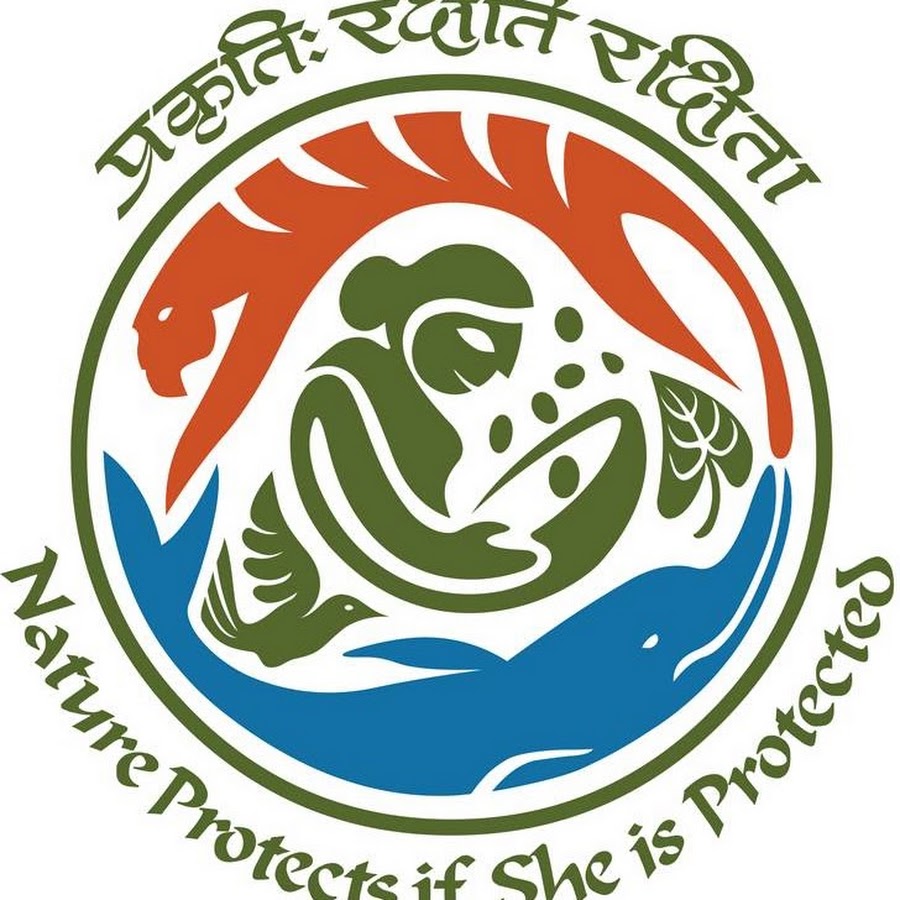A: Forests act as a stabilizing force for the climate as they help in regulating ecosystems, protecting biodiversity as well as play an essential role in the carbon cycle, along with supporting livelihoods andacting as providers of ecosystem goods and services that overall help in driving sustainable growth.The world’s total land area comprises 31% of the forest cover (FAO and UNEP, 2020) out of which 424 million ha of world’s forests are mainly selected for conserving biodiversity.However, the recent observations have shown slowed rate of growth in biodiversity conservation areas since last ten years.Likewise, the world’s total growing stock of trees have been decreased from 560 billion m3 in 1990 to 557 billion m3 in 2020 as a result of net decline in forest area. The total biomass of the world’s forests has also reduced since 1990 (FRA, 2020).
Forests play a dual role in climatechange by acting bothas a source and a sink for greenhouse gas (GHG) emissions. As per UN’s Intergovernmental Panel on Climate Change (IPCC), the global contribution of the deforestation and forest degradation is approximately 17% of all GHG emissions (IPCC, 2007). The land sector being the second largest source of GHG emissions after energy sector, alone contributes nearly 25% of global GHG emissions. Approximately half of the emissions from land sector (5-10 GtCO2e yearly) are contributed by deforestation and forest degradation. On the other hand,the proportion of carbon stock in forest pools constitutes maximum forest carbon in the living biomass (44%) and soil organic matter (45%), with the remaining in dead wood (4%) and litter (6%). The total carbon stock in forests has been found to be reduced from 668 Gt in 1990 to 662 Gt in 2020 (FRA, 2020).
Although, a reduction in the net loss of forest area has been observed since 1990, however due to the continuous deforestation and forest degradation activities, biodiversity is suffering a significant loss. Thus, it can be concluded that the track to meet the target of the United Nations Strategic Plan for Forests i.e. 3% global increment in forest area by 2030, is still a long way to go (FAO and UNEP, 2020).

